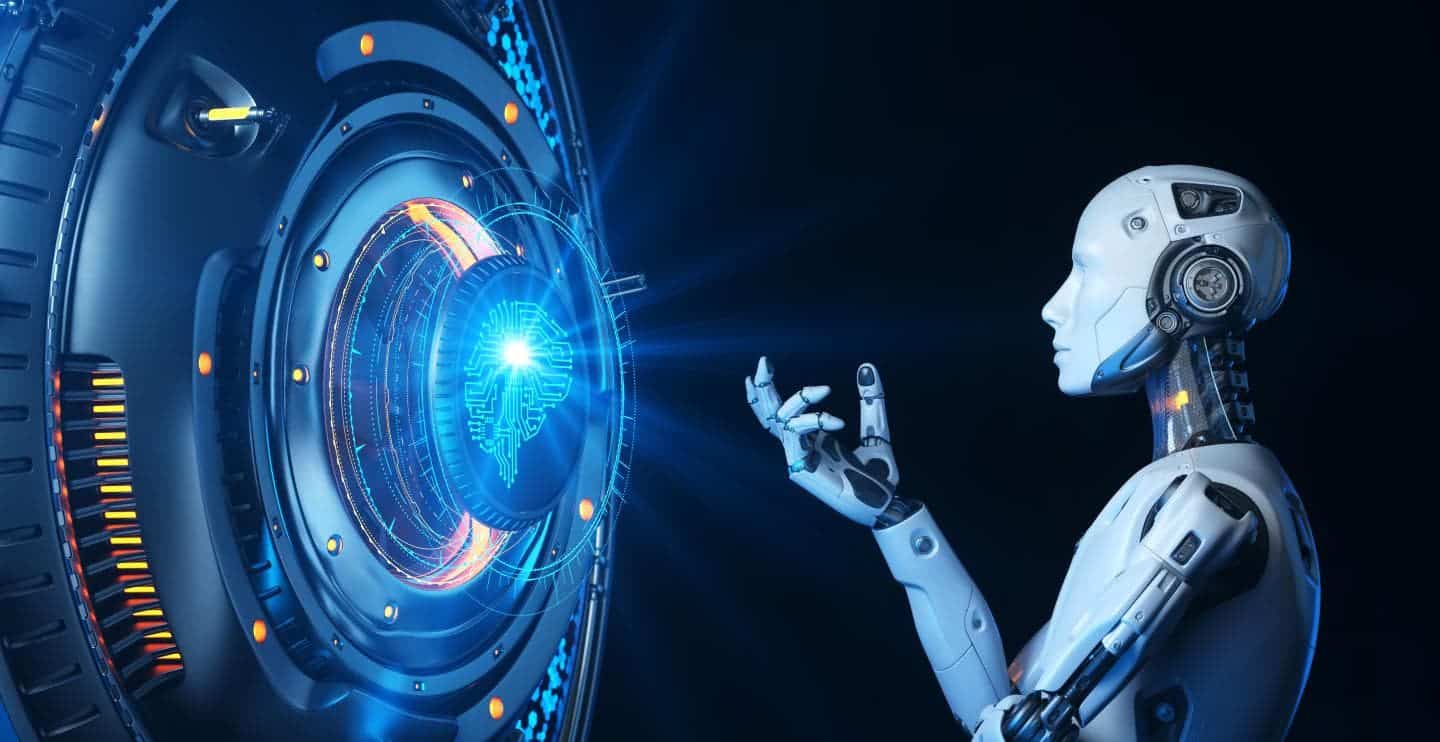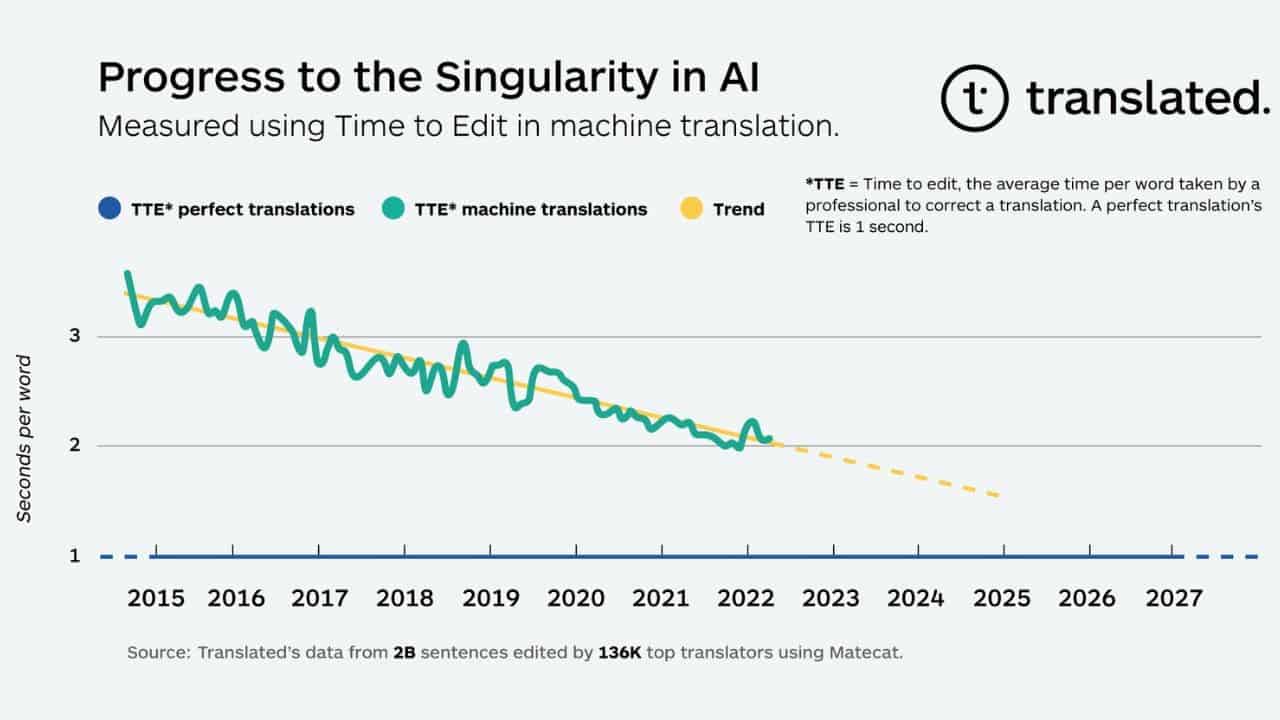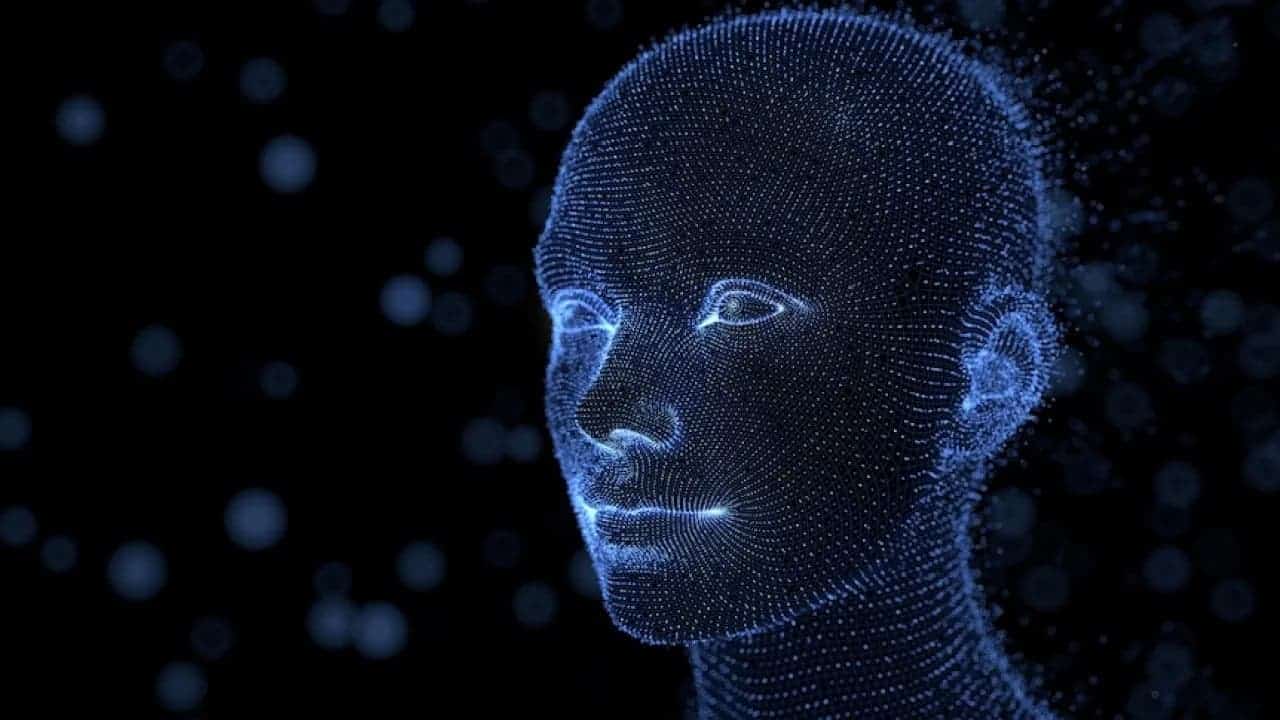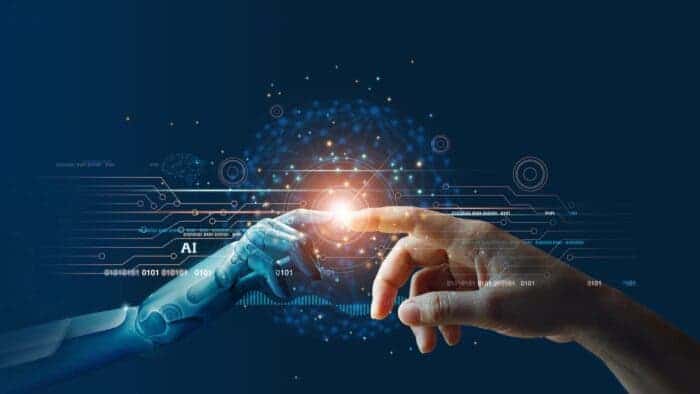Artificial intelligence (AI) has the potential to surpass human intelligence in certain areas, such as data analysis and pattern recognition. AI algorithms can process and analyze large amounts of data quickly and accurately, making predictions and identifying patterns that humans may not be able to detect. This ability can be particularly useful in fields such as finance, healthcare, and transportation, where AI is already being used to analyze data and make predictions.
Another area where AI may surpass human intelligence is in complex problem solving. AI can be programmed to solve specific problems. Such as optimizing logistics or diagnosing diseases, by finding the most efficient and accurate solution. This can be done in a fraction of the time it would take a human to solve the same problem. And with a higher level of accuracy. As AI continues to develop, it may be able to solve more complex problems. And take on tasks that currently require human intelligence.
AI Could overtake human intelligence before 2030

A new approach for measuring AI development has took place by an Italian company: examining advancements in machine translation. The approach was employed by Translated, a company that offers translation services, to forecast when we will reach the singularity. A hazy term that is sometimes described as the point at which machines surpass human intelligence.
When AI offers “a perfect translation,” the Rome-based company reaches this milestone. This occurs when machine translation (MT) is superior to the best human translations, according to the new research. According to Translated‘s estimate, this will take place by the end of the 2020s.
According to Marco Trombetti, the CEO of the firm, “it will be within this decade, at least for the top 10 languages in a setting of average complexity.” The truth is that this has already occurred in a few languages and certain specialized fields. It might never arrive for some rare languages and domains.
The estimations provided by Translated are based on information obtained by Matecat, a CAT tool. The platform got its start in 2011 as a research initiative supported by the EU. The technique has been available as open source software three years later, and experts now use it to enhance their translations. Matecat is a freemium product available from Translated. Users give the business data that is in use to enhance its models in exchange.
Translated monitored the amount of time users spent reviewing and revising 2 billion MT ideas in order to map the road to singularity. Over the course of Matecat’s 12 years of existence, about 136,000 professionals from all over the world had made these adjustments. The translations covered a wide range of topics, including both technical and literary topics. They also mentioned industries like speech transcription, where MT is still having difficulty.
A “world-first” singularity is revealed by an AI translation company

The evidence implies that AI is advancing quickly. Leading translators in the world checked and corrected MT suggestions on average once every 3.5 seconds in 2015. Today, that time is 2 seconds. The time will reach one second at the current rate in about five years. When it happened, MT would offer the historic “perfect translation”. The translations made by a machine will then be easier to edit than those made by a top expert.
Trombetti adds that every work requiring comprehension, listening, communication, and knowledge exchange may be made bilingual with little effort. The precise time we will arrive at the singularity point may vary. But the trend is undeniable: we are getting very near, he claims.
Increasing processing power, language data, and algorithmic effectiveness are all necessary for MT advancements. As a result, the researchers had assumed that as the singularity got closer, progress would slow. They were shocked to see that the development rate was remarkably linear.
The demand for MT will increase at least 100 times if this momentum keeps up as forecasted, according to Translated. Workers may be concerned about the automation of their work, but there may also be advantages. The demand for expert translations will expand at least tenfold, according to Translated.
All of our clients who use machine translation extensively also spend more on human translation, according to Trombetti. “Machine translation is a facilitator because it increases the number of encounters between markets and users who had not previously interacted. This brings in revenue, and business brings in higher quality material that calls for experts. Trombetti anticipates that elite translators will take on new duties.
“The best linguists must teach the machine translation system to produce the best results. To train language models and correct their flaws, a sizable number of translations is necessary. Thus I suppose it’s possible that in the next years, we’ll see fierce competition for the top translators.
The latest study, according to Translated, is the first to ever measure the rate at which the singularity is drawing near. MT is a compelling yardstick for AI development.
Machines have a notoriously difficult time learning human languages. Computers may struggle to understand the language subjectivity, the dynamic nature of conventions. And the subtleties of cultural allusions, wordplay, and tone.
These complexities need to be modeled and connected in two languages during translation. As a result, the field frequently sets the standard for algorithmic research, data gathering, and model sizes. For instance, the Transformer model was in use in MT for many years prior to being available on OpenAI’s GPT systems.
According to Trombetti, “MT is just a good prediction of what will happen next in AI”. The Italian businessman believes that if singularity occurs next, a new era of global connectivity will follow.
He imagines a world where everyone can speak their native tongue, there are universal translators. And all content is accessible from wherever.
Even though his interpretation of the singularity is debatable, its attractiveness cannot be denied.
Artificial intelligence Pros and Cons

Artificial intelligence (AI) is a rapidly growing field that has the potential to revolutionize many industries. And improve our lives in countless ways. However, there are also significant concerns about the impact of AI on society. And the potential consequences of creating machines that are more intelligent than humans. In this article, we will explore the pros and cons of AI. To gain a better understanding of the potential benefits and risks of this technology.
Pros of AI:
- Increased Efficiency: AI can process and analyze large amounts of data quickly and accurately. Making predictions and identifying patterns that humans may not be able to detect. This can lead to increased efficiency and productivity in a wide range of industries. From finance and healthcare to transportation and logistics.
- Improved Decision Making: AI can help humans make better decisions by providing accurate and unbiased data. For example, AI-powered diagnostic tools can help doctors identify diseases more quickly and accurately. And AI-powered financial algorithms can help traders make more profitable trades.
- Reduced Costs: AI can also help reduce costs by automating repetitive and time-consuming tasks, such as data entry and analysis. This can help businesses save money on labor costs and invest more in research and development.
- Improved Safety: AI can be used to improve safety in a variety of industries, such as transportation and manufacturing. For example, self driving cars can help reduce the number of car accidents caused by human error. And AI-powered robots can be used to perform dangerous tasks in factories and mines.
Cons of AI:
- Job Loss: As AI becomes more advanced and capable of automating more tasks. It could lead to significant job losses in a wide range of industries. This could lead to increased unemployment and economic inequality.
- Bias: AI algorithms can be biased based on the data they are trained on. Which can lead to unfair and inaccurate predictions. This is particularly concerning in fields such as healthcare and criminal justice. Where bias can have serious consequences for individuals and society.
- Lack of Transparency: AI algorithms can be difficult to understand and interpret. Which can make it difficult to identify and correct errors. This lack of transparency can make it difficult to hold AI systems accountable for their actions.
- Security Risks: As AI becomes more integrated into our lives, it could also become a target for cyber attacks. Hackers could potentially use AI to gain access to sensitive information, disrupt critical systems, or even launch physical attacks.
In conclusion, AI has the potential to revolutionize many industries and improve our lives in countless ways. However, it is important to consider the potential risks and downsides of this technology. And to ensure that we are taking steps to mitigate these risks and maximize the benefits of AI.





